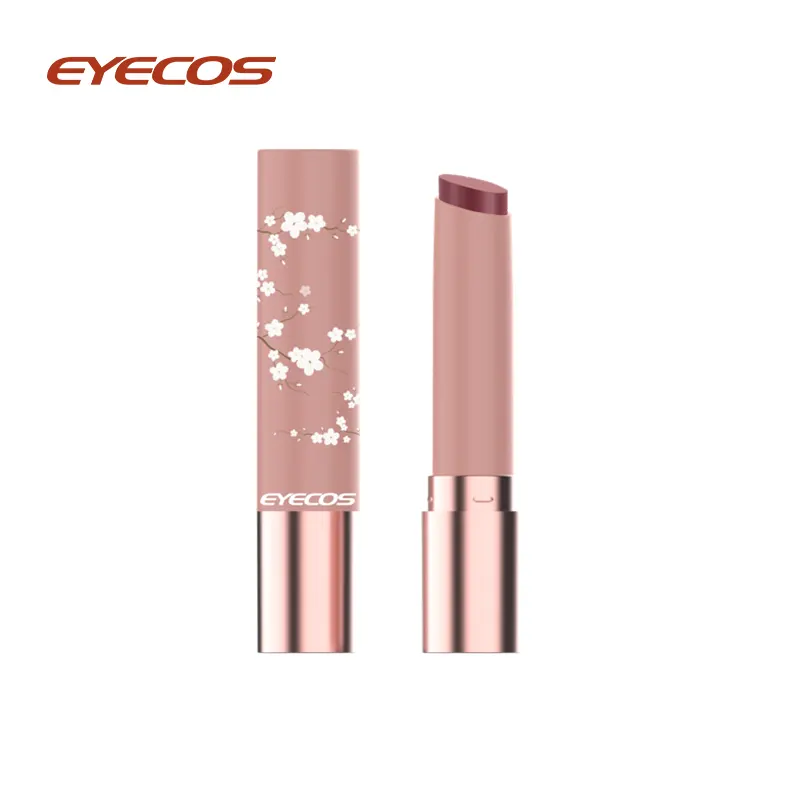Where does Lipstick’s color come from?
2023-12-22
The color of lipstick comes from a combination of pigments, dyes, and other ingredients used in its formulation. Lipstick manufacturers utilize various sources to derive the colors, and these can include natural, synthetic, or a blend of both natural and synthetic components.

1. Natural Pigments: Some lipstick colors are derived from natural sources such as plants, fruits, vegetables, and minerals. For example, red pigments may come from sources like cochineal, carmine (derived from crushed cochineal insects), beetroot, berries, and minerals like iron oxide.
2. Synthetic Pigments: Many lipstick colors are created using synthetic pigments that are chemically produced to achieve specific shades. Synthetic pigments offer a wide range of colors and are often more stable and cost-effective than natural pigments.
3. Dyes and Lakes: Lipstick colors can also be achieved using dyes and lakes, which are water or oil-soluble colorants. Lakes are formed by combining dyes with insoluble materials, resulting in more stable colors. These colorants can provide vibrant and diverse color options.
4. Mica and Pearlescent Pigments: Some lipsticks contain mica, a mineral that provides shimmer and a pearlescent effect. These ingredients add a reflective quality to the lipstick, creating a glossy or shimmery finish.
5. Opacity Modifiers: Ingredients such as titanium dioxide or zinc oxide are used as opacity modifiers or white pigments to alter the transparency of the lipstick base and adjust the final color's intensity.
6. Other Additives: Apart from pigments and dyes, lipstick formulations may also include additional ingredients like oils, waxes, emollients, preservatives, and fragrances to improve texture, moisturization, scent, and shelf life.
Manufacturers carefully blend these ingredients in specific ratios to create the desired lipstick colors and finishes. The combination of pigments, dyes, and other components allows for a vast array of lipstick shades, ranging from natural nudes to vibrant reds, pinks, purples, and more, catering to diverse preferences and trends in the cosmetics industry.


